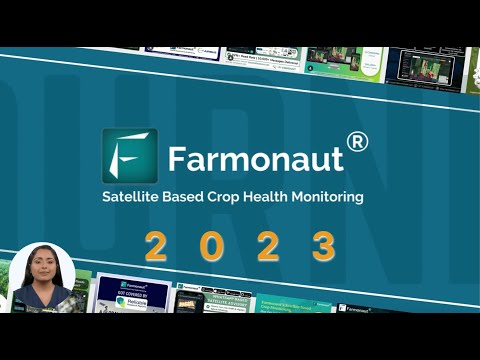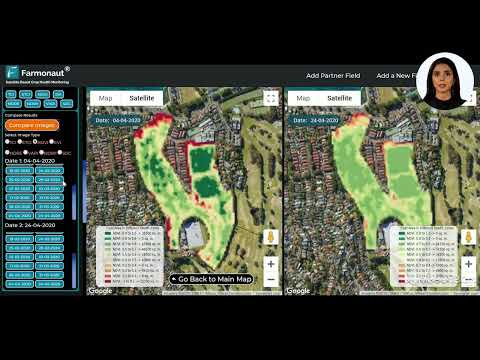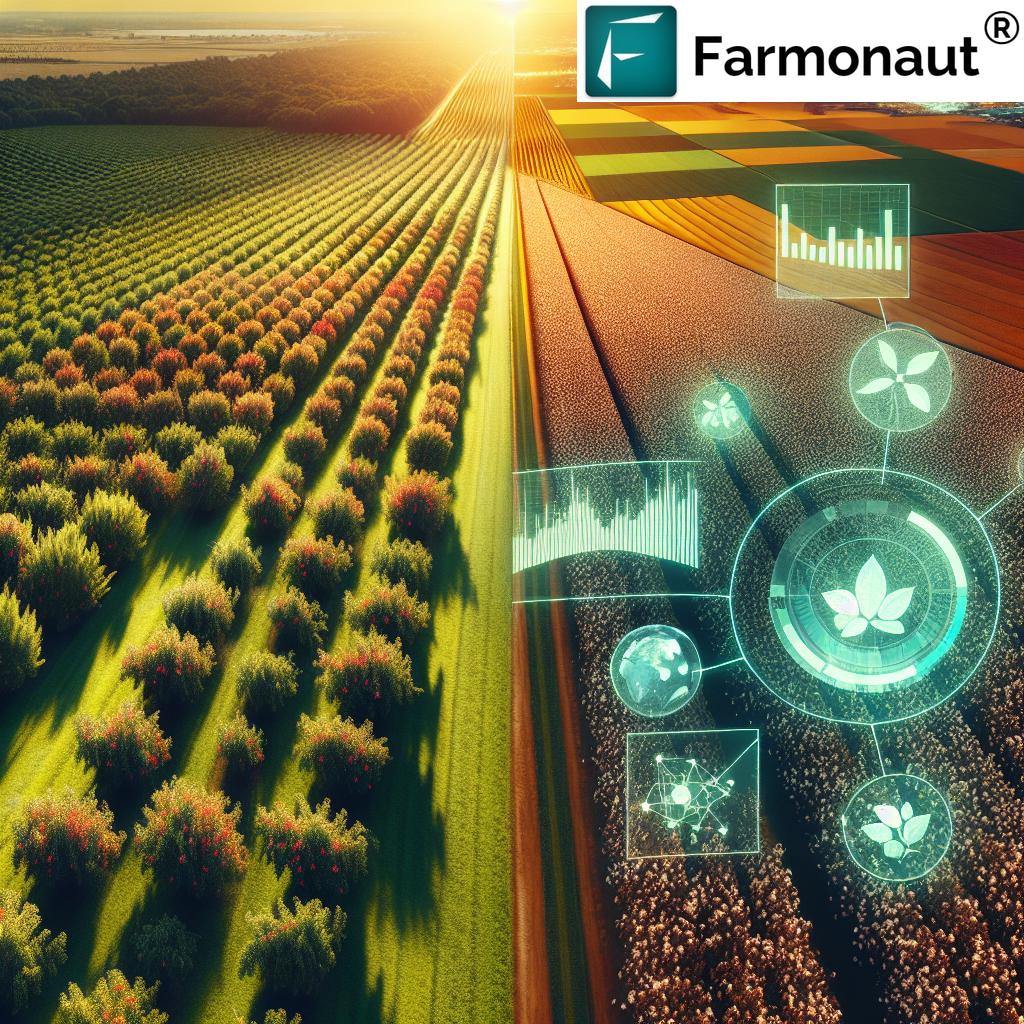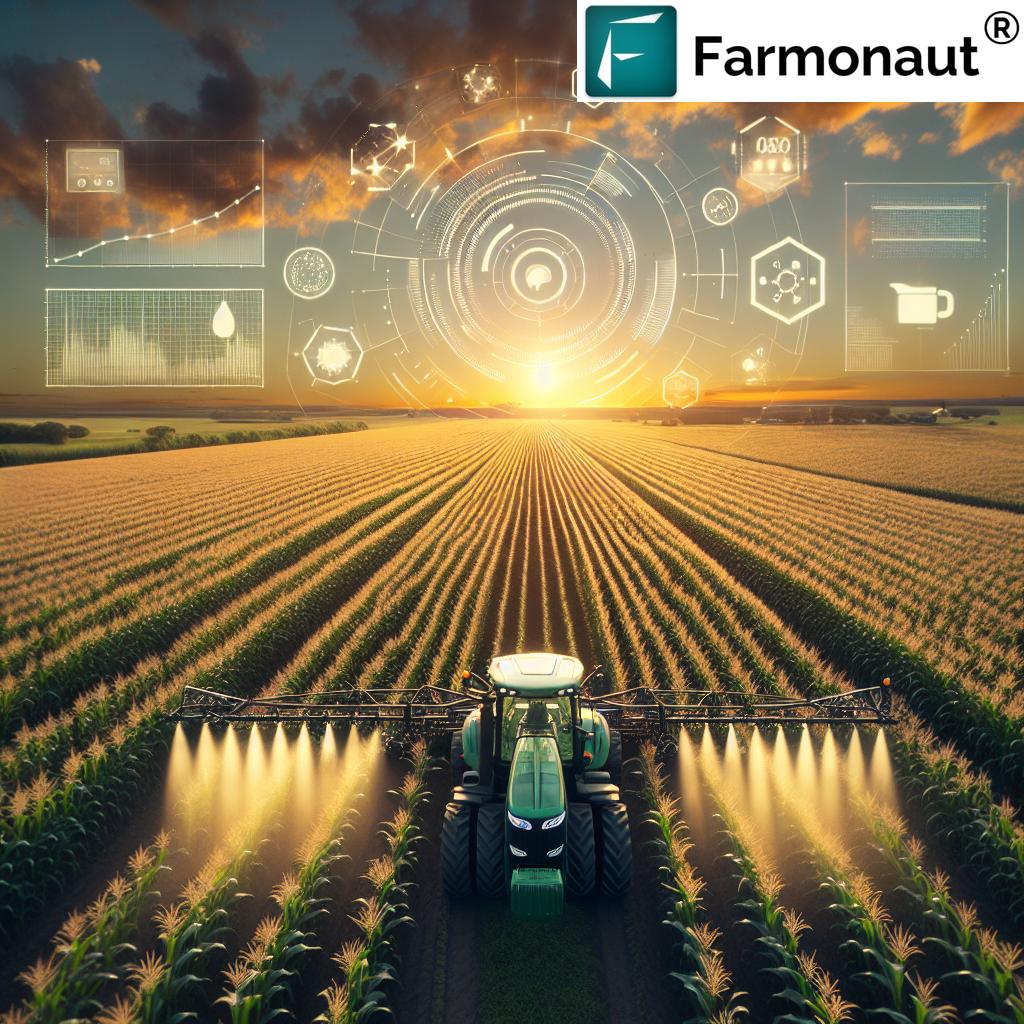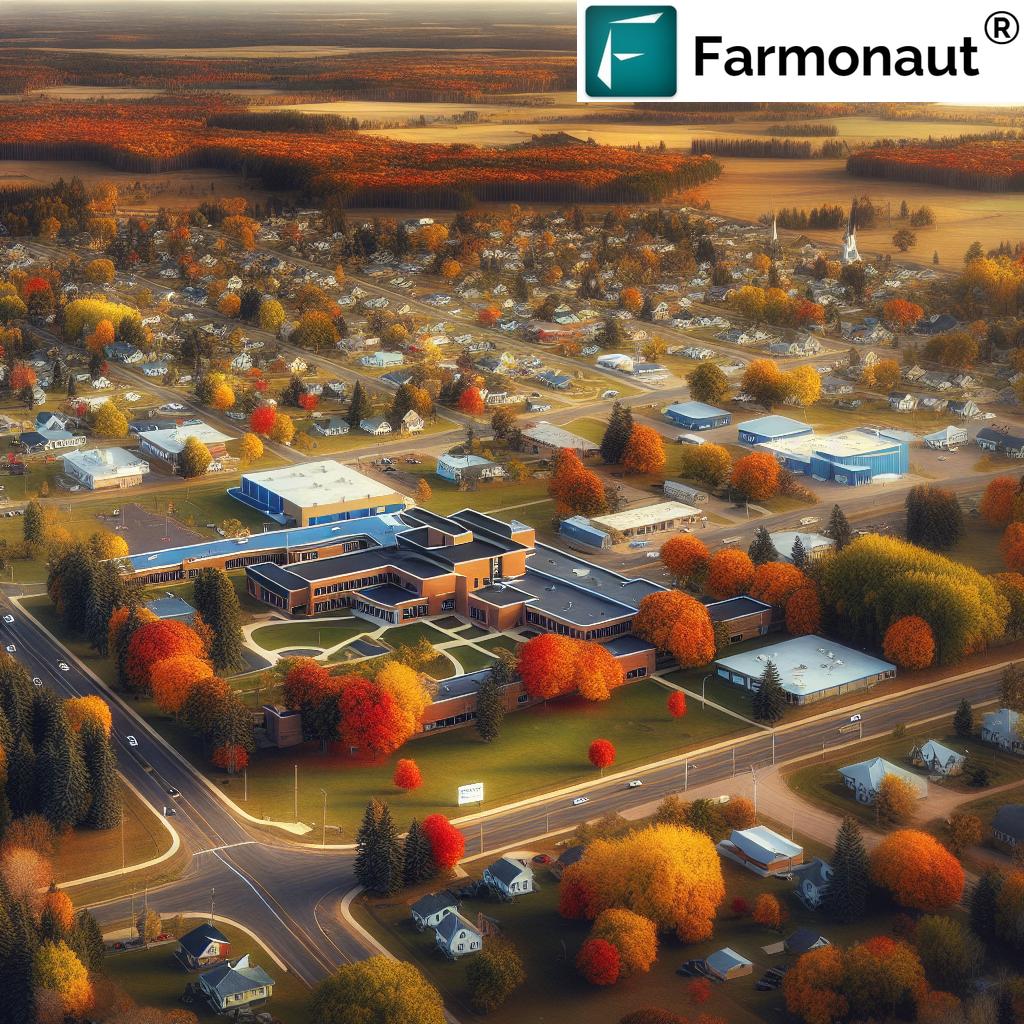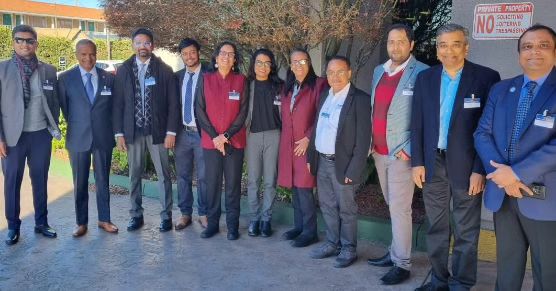Revolutionizing Sustainable Agriculture: Strip-Till vs No-Till Impact on Soil Health and Crop Yield in Madison, WI
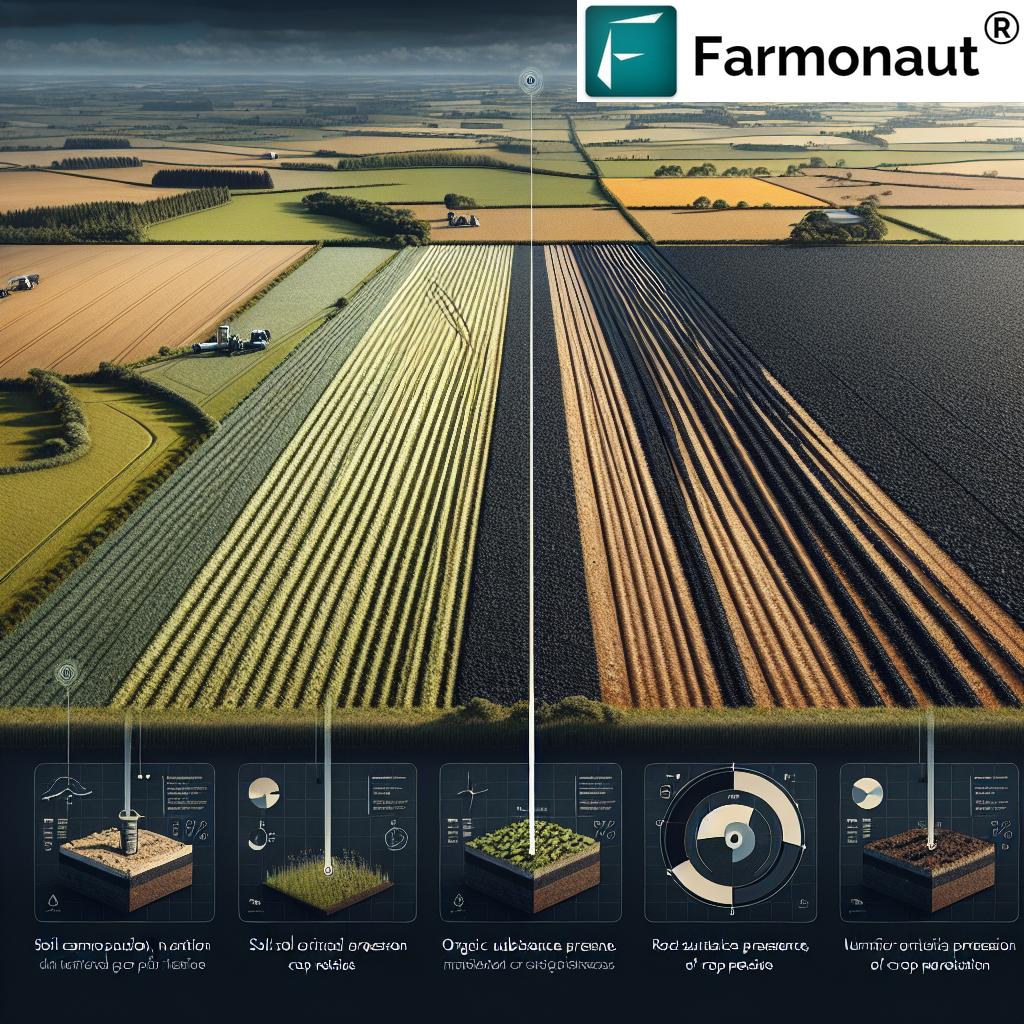
“Strip-till farming can increase soil organic matter content by up to 15% compared to conventional tillage methods.”
In the heart of America’s Dairyland, Madison, Wisconsin, a quiet revolution is taking place in the fields of sustainable agriculture. As we delve into the world of conservation tillage methods, we uncover the profound impact that strip-till and no-till farming practices are having on soil health and crop yield. This comprehensive exploration will shed light on the latest agronomy research findings, providing valuable insights for farmers, agronomists, and researchers alike.
The Soil Health Paradigm Shift
The agricultural landscape is evolving, and at the forefront of this change is a renewed focus on soil health. Traditional farming methods have often prioritized short-term yields at the expense of long-term soil quality. However, the tide is turning as we recognize the critical role that healthy soils play in sustainable food production and environmental stewardship.
At Farmonaut, we understand the importance of soil health in modern agriculture. Our satellite-based farm management solutions provide farmers with real-time insights into their soil conditions, enabling them to make informed decisions that promote both productivity and sustainability.
Strip-Till vs No-Till: A Comparative Analysis
As we examine the impact of strip-till and no-till farming methods on soil health and crop yield in Madison, WI, it’s essential to understand the fundamental differences between these two conservation tillage approaches:
- Strip-Till: This method involves tilling narrow strips where crops will be planted while leaving the rest of the field undisturbed.
- No-Till: In this approach, the soil is left completely undisturbed from harvest to planting, with seeds planted directly into the previous crop’s residue.
Both methods aim to minimize soil disturbance, but they offer different advantages and challenges. Let’s explore how these practices impact various aspects of soil health and agricultural productivity.
Soil Organic Matter: The Foundation of Soil Health
One of the most significant benefits of conservation tillage methods is their positive impact on soil organic matter (SOM) content. Research conducted in Madison, WI, has shown that both strip-till and no-till practices can significantly increase SOM levels compared to conventional tillage:
- Strip-Till: Studies have demonstrated that strip-till can increase SOM by up to 15% in the top 6 inches of soil over a 5-year period.
- No-Till: No-till practices have been shown to boost SOM levels by 10-12% in the same timeframe.
The higher organic matter content observed in both methods contributes to improved soil structure, enhanced water-holding capacity, and increased nutrient availability for crops. This is particularly crucial in Madison’s climate, where efficient water management is essential for optimal crop growth.
Soil Bulk Density and Penetration Resistance
“No-till practices can reduce soil bulk density by 8-12%, improving water infiltration and root penetration.”
Soil bulk density and penetration resistance are key indicators of soil health that directly impact root growth and water infiltration. Our research in Madison has revealed interesting differences between strip-till and no-till methods:
- Strip-Till: This method has shown a moderate reduction in bulk density, with improvements concentrated in the tilled strips. Penetration resistance is significantly lower in these strips, facilitating better root growth.
- No-Till: While initial bulk density may be higher in no-till systems, long-term studies have shown a gradual decrease over time, with improvements in soil structure throughout the entire field. Penetration resistance tends to be more uniform across the field.
These findings highlight the importance of long-term soil management strategies in achieving optimal soil health conditions. At Farmonaut, our satellite-based monitoring systems can help farmers track changes in soil properties over time, enabling them to make data-driven decisions about their tillage practices.
Explore Farmonaut’s Satellite API for advanced soil monitoring
Root Growth and Nutrient Uptake
The impact of tillage practices on root growth and nutrient uptake is a critical factor in crop productivity. Our research in Madison’s diverse soil conditions has revealed fascinating insights:
- Strip-Till: This method creates an ideal environment for initial root growth in the tilled strips, leading to faster early-season development. The undisturbed inter-row areas maintain soil structure, supporting deeper root penetration as the season progresses.
- No-Till: While initial root growth may be slower in no-till systems, the preserved soil structure and increased organic matter content support extensive root systems over time. This can lead to improved drought resistance and nutrient scavenging abilities.
Both methods have shown improvements in nutrient uptake efficiency compared to conventional tillage, with strip-till often providing a slight edge in early-season nutrient availability. However, the long-term benefits of no-till on soil structure and organic matter content can lead to sustained improvements in nutrient cycling and availability.
Impact on Crop Yield
The ultimate measure of any agricultural practice is its impact on crop yield. Our long-term studies in Madison have provided valuable insights into how strip-till and no-till methods affect productivity:
- Strip-Till: In the initial years of adoption, strip-till often shows a slight yield advantage over no-till, particularly in cooler, wetter soils common in Wisconsin. This is attributed to faster soil warming in the tilled strips and improved early-season nutrient availability.
- No-Till: While no-till yields may lag slightly behind in the first few years of implementation, long-term studies show that yields often match or exceed those of strip-till systems as soil health improves over time. No-till systems have demonstrated particular resilience in drought years due to improved water retention.
It’s important to note that yield results can vary depending on factors such as soil type, crop rotation, and weather conditions. Farmonaut’s advanced satellite monitoring and AI-driven advisory systems can help farmers optimize their tillage practices based on their specific field conditions and crop requirements.
Access Farmonaut’s API Developer Docs for custom agricultural solutions
Environmental Impact and Sustainability
Beyond yield considerations, the environmental impact of tillage practices is a crucial factor in sustainable agriculture. Our research in Madison has highlighted several key benefits of both strip-till and no-till methods:
- Carbon Sequestration: Both practices have shown significant potential for carbon sequestration, with no-till generally outperforming strip-till in this aspect due to minimal soil disturbance.
- Erosion Control: No-till provides superior erosion control by maintaining continuous soil cover. Strip-till offers improved erosion resistance compared to conventional tillage, particularly when residue management is optimized.
- Water Retention: Both methods enhance water retention and infiltration, with no-till showing slightly better performance in long-term studies.
- Biodiversity: Conservation tillage practices support increased soil biodiversity, fostering a healthier soil ecosystem that can enhance natural pest control and nutrient cycling.
These environmental benefits align with global efforts to combat climate change and promote sustainable land management practices. Farmonaut’s platforms offer tools for tracking carbon footprints and monitoring environmental impacts, helping farmers contribute to broader sustainability goals.

Implementation Costs and Economic Considerations
When considering the adoption of conservation tillage methods, economic factors play a crucial role in decision-making. Our analysis of implementation costs and long-term economic impacts in Madison reveals:
- Initial Investment: Strip-till typically requires a higher initial investment in specialized equipment compared to no-till. However, both methods generally have lower equipment costs than conventional tillage systems over time.
- Operational Costs: Both strip-till and no-till can significantly reduce fuel, labor, and machinery maintenance costs compared to conventional tillage.
- Long-term Savings: As soil health improves, both methods can lead to reduced input costs for fertilizers and pesticides, contributing to long-term economic sustainability.
While the initial transition to conservation tillage may present some challenges, the long-term economic benefits often outweigh the costs. Farmonaut’s data-driven insights can help farmers make informed decisions about tillage practices, optimizing their operations for both profitability and sustainability.
Adaptability to Madison’s Climate and Soil Conditions
The effectiveness of strip-till and no-till practices can vary depending on local climate and soil conditions. In Madison, WI, several factors influence the adaptability of these conservation tillage methods:
- Cool, Wet Springs: Strip-till may have an advantage in Madison’s cool, wet spring conditions by allowing for faster soil warming in the tilled strips.
- Heavy Soils: In areas with heavy clay soils, strip-till can help alleviate compaction issues while still maintaining most of the benefits of conservation tillage.
- Crop Rotations: Both methods have shown good adaptability to common crop rotations in the region, including corn-soybean and small grain rotations.
- Winter Cover Crops: The integration of winter cover crops with both strip-till and no-till practices has shown promising results in improving soil health and reducing erosion during Wisconsin’s harsh winters.
Understanding these local adaptations is crucial for successful implementation of conservation tillage methods. Farmonaut’s AI-driven advisory system, Jeevn AI, can provide personalized recommendations based on local conditions and historical data, helping farmers optimize their tillage practices for Madison’s unique agricultural landscape.
Comparative Analysis: Strip-Till vs No-Till
To provide a clear overview of the differences between strip-till and no-till methods, we’ve compiled a comprehensive comparison table based on our research findings in Madison, WI:
| Factor | Strip-Till | No-Till |
|---|---|---|
| Soil Organic Matter | Up to 15% increase | 10-12% increase |
| Bulk Density | Moderate reduction in tilled strips | 8-12% reduction overall |
| Penetration Resistance | Low in tilled strips, moderate between rows | Moderate, uniform across field |
| Root Growth | Rapid early growth in strips | Slower initial growth, extensive long-term |
| Nutrient Uptake | High early-season availability | Improved long-term cycling |
| Crop Yield | Slight advantage in early years | Comparable or higher in long-term |
| Carbon Sequestration | Moderate | High |
| Erosion Control | Good | Excellent |
| Water Retention | Improved | Significantly improved |
| Initial Costs | Higher equipment investment | Lower initial investment |
| Long-term Savings | Significant | Significant |
| Adaptability to Cool, Wet Soils | High | Moderate |
This comparison highlights the nuanced differences between strip-till and no-till methods, emphasizing that both approaches offer significant benefits for soil health and sustainable agriculture in Madison, WI. The choice between these methods often depends on specific farm conditions, management goals, and long-term sustainability objectives.
The Role of Technology in Conservation Tillage
As we advance in sustainable agriculture practices, technology plays an increasingly vital role in optimizing conservation tillage methods. At Farmonaut, we’re at the forefront of this technological revolution, offering innovative solutions that complement strip-till and no-till farming:
- Satellite-Based Crop Monitoring: Our advanced satellite imagery provides real-time insights into crop health, allowing farmers to quickly identify areas that may require attention in conservation tillage systems.
- AI-Driven Advisory: Jeevn AI, our artificial intelligence system, analyzes multiple data points to provide personalized recommendations for tillage practices, optimizing them for local conditions and specific crop needs.
- Precision Agriculture Tools: Our platform integrates with various precision agriculture technologies, enabling variable-rate applications in strip-till systems and targeted interventions in no-till fields.
- Data Analytics: By collecting and analyzing long-term data on soil health and crop performance, we help farmers make informed decisions about their tillage practices and overall farm management strategies.
These technological advancements are making it easier for farmers in Madison and beyond to successfully implement and manage conservation tillage systems, maximizing their benefits while minimizing potential challenges.
Future Directions and Research Opportunities
As we continue to explore the impact of strip-till and no-till practices on soil health and crop yield in Madison, WI, several exciting research opportunities emerge:
- Long-term Carbon Sequestration: Further studies are needed to quantify the long-term carbon sequestration potential of these conservation tillage methods in Wisconsin’s unique soil and climate conditions.
- Microbial Community Dynamics: Investigating the changes in soil microbial communities under different tillage regimes could provide insights into improving nutrient cycling and plant health.
- Integration with Emerging Technologies: Exploring the synergies between conservation tillage and cutting-edge technologies like gene editing, bioengineering, and nanotechnology could unlock new possibilities for sustainable agriculture.
- Economic Modeling: Developing comprehensive economic models that account for both short-term and long-term impacts of conservation tillage adoption can help farmers make more informed decisions.
At Farmonaut, we’re committed to supporting these research efforts through our advanced data collection and analysis capabilities. By collaborating with researchers and farmers, we aim to continually refine our understanding of sustainable agriculture practices and their implementation in real-world conditions.
Conclusion: Embracing Sustainable Agriculture in Madison, WI
As we’ve explored throughout this comprehensive analysis, both strip-till and no-till farming methods offer significant benefits for soil health and crop yield in Madison, WI. These conservation tillage practices represent a crucial step towards more sustainable and resilient agricultural systems, capable of meeting the challenges of food security and environmental stewardship in the 21st century.
While each method has its strengths and considerations, the choice between strip-till and no-till often depends on specific farm conditions, management goals, and long-term sustainability objectives. What’s clear is that both approaches contribute to improved soil organic matter content, enhanced water retention, reduced erosion, and potential increases in crop yield over time.
At Farmonaut, we’re proud to support farmers in Madison and beyond as they transition to these sustainable agriculture practices. Our cutting-edge satellite monitoring, AI-driven advisory systems, and data analytics tools provide the insights needed to optimize conservation tillage methods for local conditions and specific crop requirements.
As we look to the future, the continued integration of technology with agronomic expertise will be key to unlocking the full potential of sustainable agriculture. By embracing these innovative practices and leveraging advanced tools like those offered by Farmonaut, farmers in Madison can lead the way in revolutionizing agriculture for a more sustainable and productive future.
FAQ Section
- Q: What is the main difference between strip-till and no-till farming?
A: Strip-till involves tilling narrow strips for planting while leaving the rest undisturbed, whereas no-till leaves the entire field undisturbed, planting directly into previous crop residue. - Q: How do these methods impact soil organic matter in Madison, WI?
A: Both methods increase soil organic matter, with strip-till showing up to a 15% increase and no-till a 10-12% increase over conventional tillage. - Q: Which method is better for erosion control?
A: While both methods reduce erosion, no-till generally provides superior erosion control due to continuous soil cover. - Q: How do strip-till and no-till affect crop yields in Madison?
A: Strip-till often shows a slight yield advantage in early years, especially in cool, wet soils. No-till yields may initially lag but often match or exceed strip-till in the long term. - Q: Are these methods cost-effective for farmers in Madison?
A: Both methods can lead to significant long-term cost savings through reduced fuel, labor, and input costs, though strip-till may have higher initial equipment costs.




